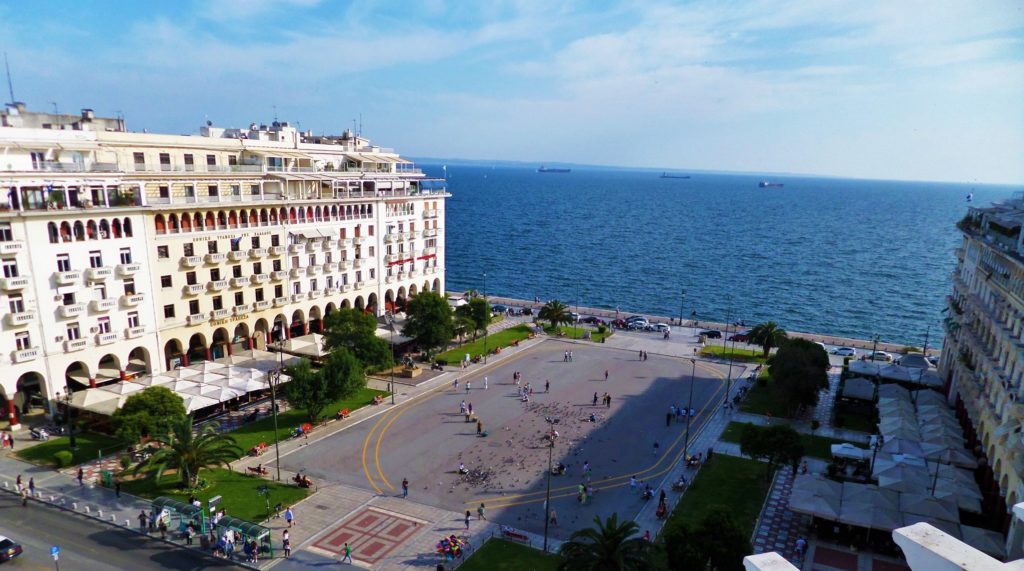
Aristotelous Square is the main city square of Thessaloniki, Greece’s second largest city and the capital of Macedonia.
Located along Nikis Avenue, near the city’s waterfront, or the paralia, Aristotelous is right in the center of it all in Thessaloniki.
The famous square was designed by the French architect Ernest Hébrard in 1918, but most of it was built decades later, in the 1950’s, following debates and arguments between the local authorities, the people of the city and the government.
Questions were continually raised about the funding and the size of the project.
Many of the buildings which surround Aristotelous Square today have been renovated, and its northern areas were largely restored in the 2000’s.
But how does the modern look of the famous square compare to its original plans?
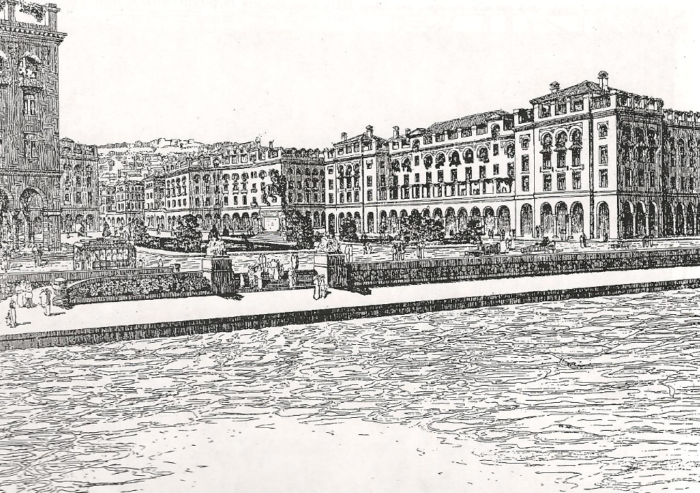
1917 fire in Thessaloniki spurred on construction of Aristotelous Square
The history of Aristotelous Square began just after the immense destruction of the great fire of 1917, which ruined a great deal of the city.
Before the fire, Thessaloniki lacked much of what was considered to be essential and characteristic in European architecture, namely large squares and monumental buildings.
During the years of Ottoman occupation, the city grew without having a general plan of expansion, leading to most of the city becoming overcrowded, with very narrow streets.
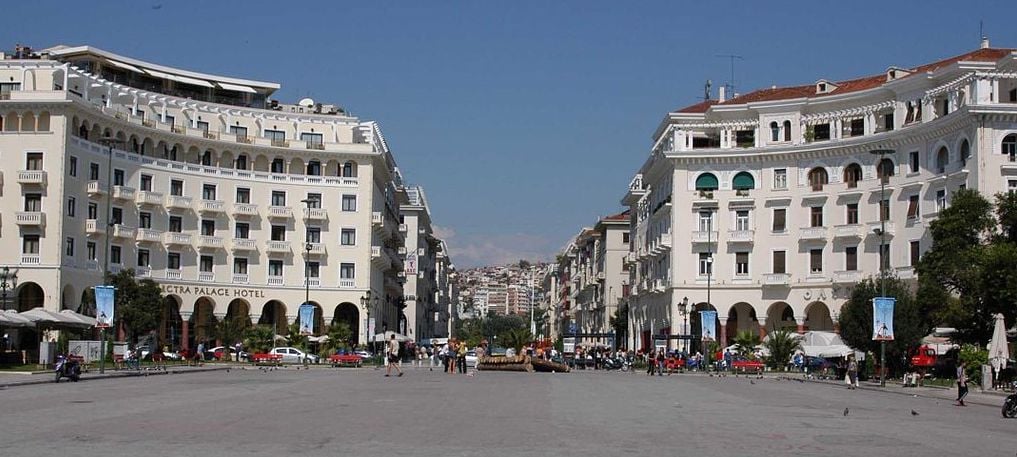
Following the unexpected destruction of 1917, the Greek state decided to ask the famous French architect to completely re-plan the city center of Thessaloniki.
Hebrard’s original name for the plaza was ”Alexander the Great Square”, with a huge statue of the Macedonian leader being planned for the middle of the open space, something that unfortunately did not come to pass.
Hébrard decided to build imposing facades on buildings, something that had been missing from the pre-fire architecture of the city.
Square plays an essential role in city life
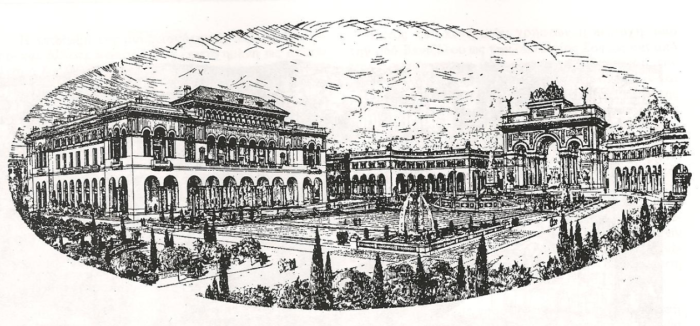
His well-thought plans actually incorporated a mixture of Byzantine and western European elements, which would give Thessaloniki its totally unique architectural style.
The French architect intended to create another monumental space, the Civic Square, where the administrative center of the city would be, but during its construction, ruins of the Roman Agora was unearthed, which led to the architect’s plans remaining unfinished.
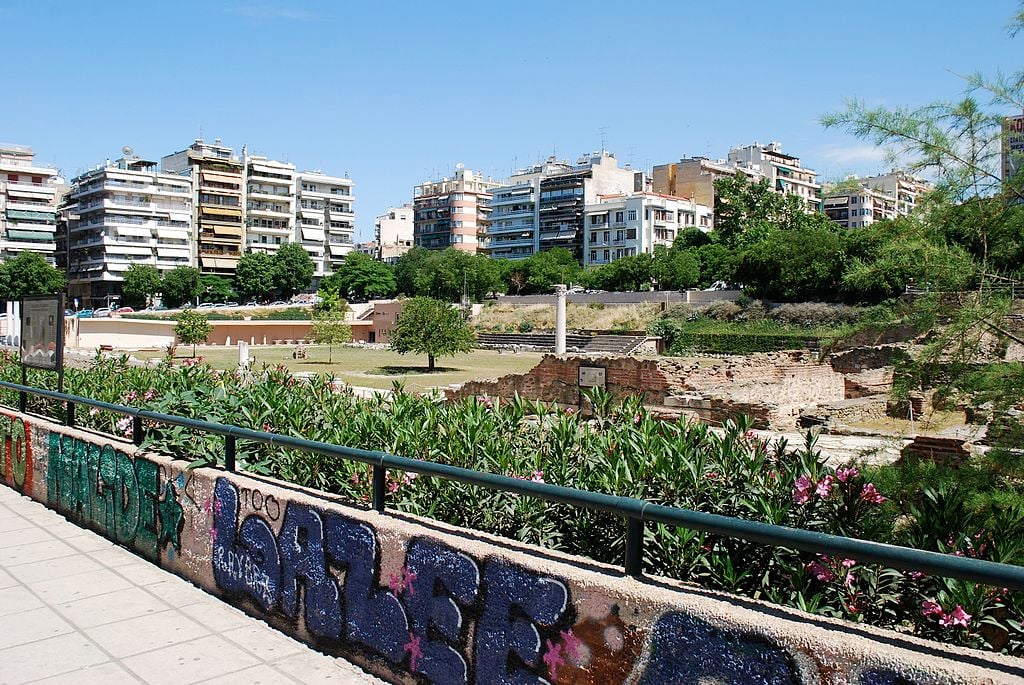
Despite the fact that Hébrard’s plans were never fully implemented, with Aristotelous Square being built to a more modest scale compared to its rather extravagant original ideas, it is still Greece’s most recognizable square.
It is a striking symbol of the city and it plays an important role in the country’s cultural and political life.
Massive political rallies during the decades of 1980’s and 1990’s, along with cultural events such as huge Christmas celebrations and other festivities continue to take place in Aristotelous Square, making it one of the most famous and beloved public spaces of Greece.



Comments
Post a Comment